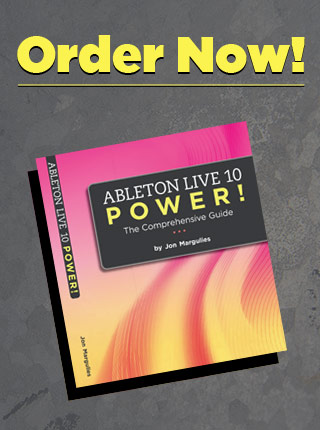So why bother printing stems?
There are a bunch of reasons to be familiar with the simple techniques described in the last couple of tips. Some of them may not apply to you, one of them applies to everyone.
Mixing and Remixing. If you ever have to mix your stuff in a different sequencer, you’ll need to print every track to a new audio file first. If you’re handing off parts for remixing, generally a set of submixed stems works best (i.e. Drums, Bass, FX, Vocals, Synths 1, Synths 2, etc.).
Simplifying. One of the mixed blessings of making music in computer sequencers is that we sometimes mix and compose continuously throughout the entire production process, rather than have a separate mixing process. Occasionally, I have a project that gets bogged down due to this, often because the set has become very complex with loads of devices and automation and high CPU usage.
In this case, it can sometimes really help to just stem out the entire set and start over with a clean set with no devices or automation. Not only does everything become a bit more manageable, it gives you a new perspective on the mix, and limits you in a way that can be very constructive. This weekend I was able to go from a set that looked like this:
…and get all of my CPU power back in one fell swoop. Nice.
Archiving. This is the big one that everyone needs to know about. Bear in mind that you may want to remix or somehow work with something you’ve composed many years from now. You may not have the same plug ins. You may not even have Ableton Live (Gasp!). The only way that you can reliably return to a project after an indefinite amount of time is to render out the audio for all tracks or submixes.





